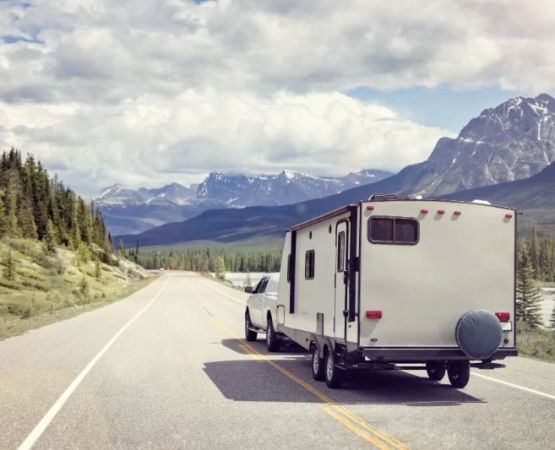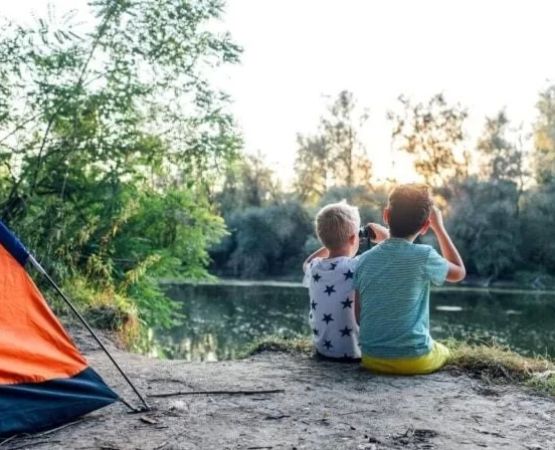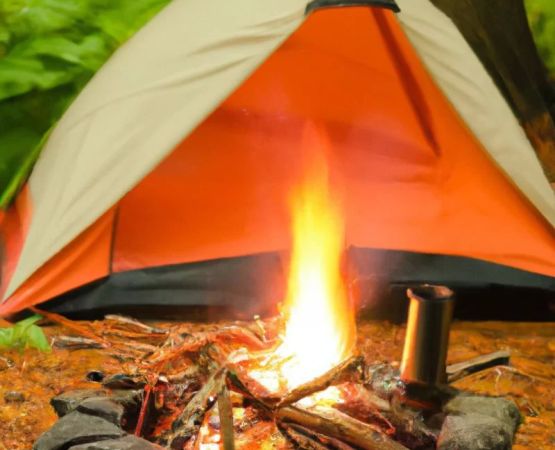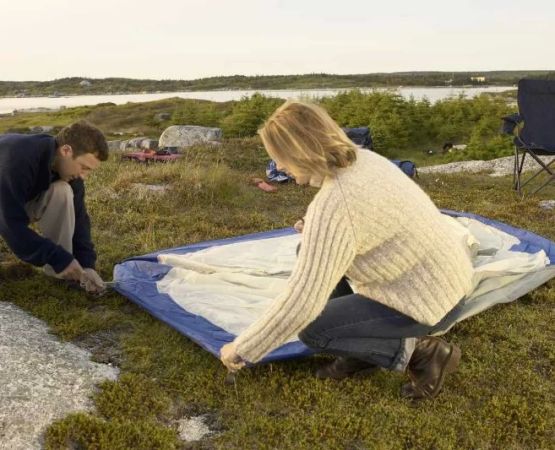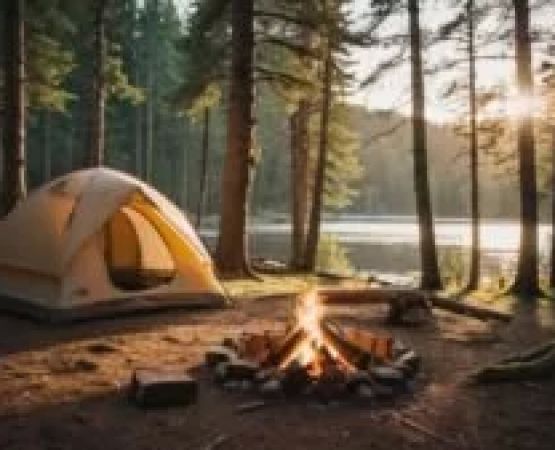How to Stay Safe Camping Near Wild Animals
- 1. Understanding the Risks of Wildlife Encounters
- 2. Preparing for a Safe Camping Experience
- 3. Best Practices for Staying Safe Near Wild Animals
- 4. How to Respond to Wildlife Sightings
- 5. Real Camping Experience Stories
1. Understanding the Risks of Wildlife Encounters
When camping in the wild, the potential for encountering wildlife is always present. While most animals are not inherently dangerous, it's important to understand the risks involved. Bears, mountain lions, and even smaller animals like raccoons or coyotes may be curious or territorial, and interactions can become dangerous if proper precautions are not taken. Learning about the specific wildlife in the area you're camping in can help you understand their behavior and how to stay safe during your adventure.
2. Preparing for a Safe Camping Experience
Proper preparation is key to ensuring your safety when camping near wild animals. First, it's essential to choose the right campsite—one that is away from animal trails and dense brush where wildlife may be more likely to travel. Additionally, bring appropriate gear such as bear-proof food containers if camping in bear country and strong, durable tents that can withstand potential encounters. It's also crucial to research the area ahead of time to know what animals are common in that region and what safety measures are advised.
3. Best Practices for Staying Safe Near Wild Animals
There are several key practices that can help you stay safe when camping near wild animals:
3.1 Store Food Properly
One of the biggest attractants for wildlife is food. Always store food securely in bear-proof containers or hang it from a tree, far away from your tent. Never leave food scraps behind, and clean up thoroughly after meals.
3.2 Keep a Safe Distance
If you encounter wildlife, it’s important to maintain a safe distance. Never approach animals, even if they seem calm or curious. Remember, they are wild and can react unpredictably if they feel threatened.
3.3 Make Noise to Alert Animals
While hiking or moving around your campsite, make noise by talking, clapping, or using a bell. This will alert animals to your presence and prevent surprise encounters. However, avoid sudden loud noises that might startle the animals and make them defensive.
4. How to Respond to Wildlife Sightings
Knowing how to respond to a wildlife sighting can make a big difference in ensuring your safety. If you come across a wild animal, here’s what to do:
4.1 Bears
If you see a bear, stay calm and avoid eye contact. Slowly back away without running, as running could trigger a chase response. Make yourself look larger by raising your arms or opening your jacket. If the bear approaches, use bear spray or make loud noises.
4.2 Mountain Lions
In the rare event you encounter a mountain lion, remain calm and make yourself appear larger. Stand tall, wave your arms, and back away slowly. If the mountain lion moves towards you, try to intimidate it by shouting and throwing objects.
4.3 Small Animals
For smaller animals such as raccoons or coyotes, ensure that food and trash are securely stored. These animals are generally more curious than dangerous but can become aggressive if they feel threatened or cornered.
5. Real Camping Experience Stories
Many campers have encountered wildlife during their trips, and these experiences often provide valuable lessons. One hiker in Yellowstone recalled a bear encounter where he had forgotten to store his food properly. Fortunately, he followed advice to stay calm and back away, avoiding an unfortunate situation. Another camper shared a story of how they spotted a mountain lion in the distance and calmly took the necessary precautions, ensuring a safe experience. These real-life stories show the importance of being prepared and informed when camping in areas with wildlife.


